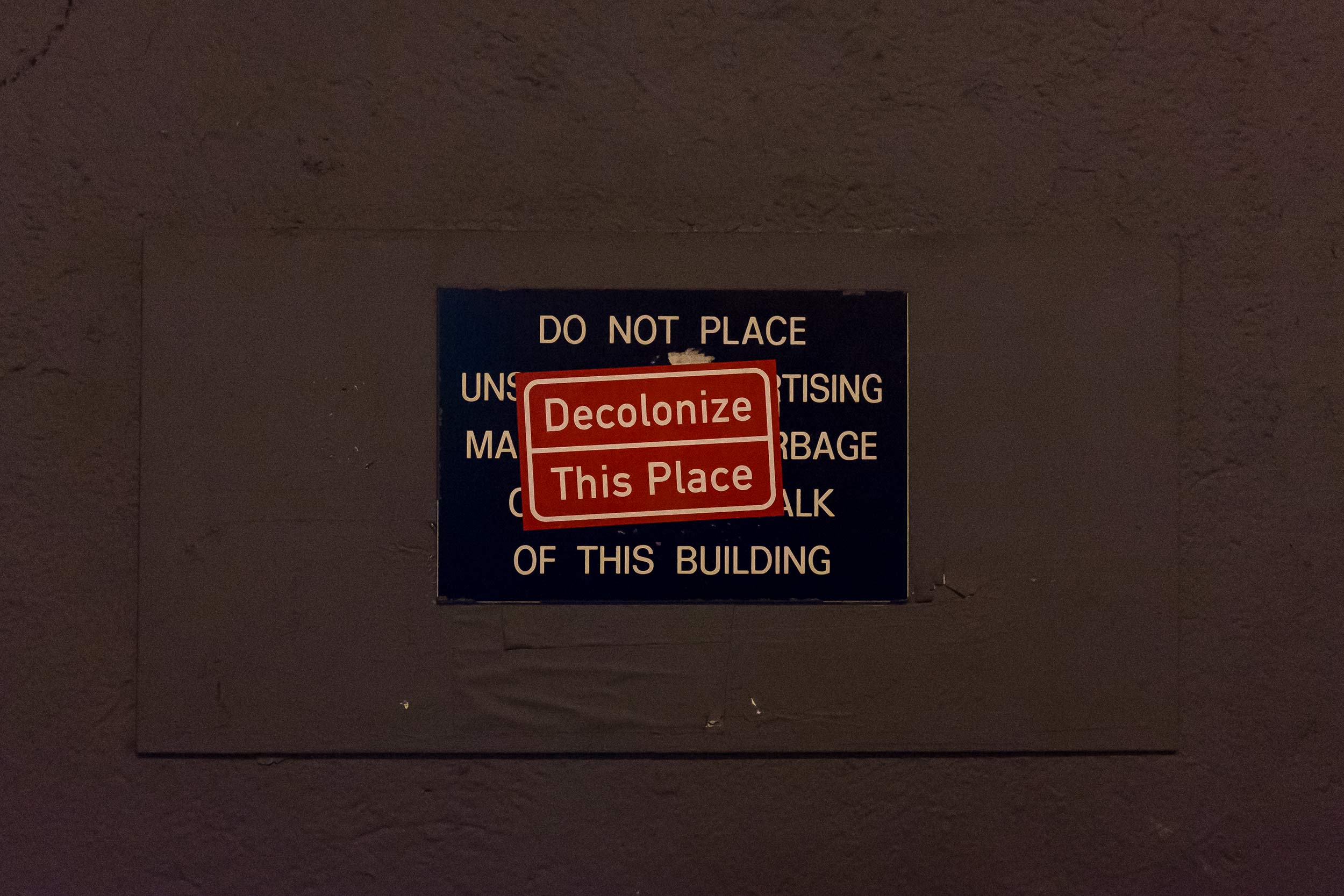The politics of language is affecting art institutions, from honoring Ancient Roman same-sex relationships to reckoning with an imperialist legacy.
When it comes to history, language matters. And nowhere is that more prevalent than in museums. When we wander through the corridors of bygone eras, the bespoke guides formed from layers of information we’ve drawn from books and cultural references and tales help us to picture of lives before us. Transporting ourselves into the shoes of entire civilizations is an impossible task, the dead and buried graced us with limited fragments to help us conjure an entire wealth of customs, social norms, and attitudes. At times unrecognizable, they’re the only foundations we have to understand our own beginnings.
It’s why, left to our own devices, objects and artworks can feel like alien relics; demanding we tease out leftover knotted fragments into a fully formed textural picture. And while a little bit of guidance goes a long way, it can also spark a war over semantics.
Earlier this year, The Amsterdam Museum announced it wasn’t going to use the phrase “the Golden Age” anymore. The phrase ‘Gouden Eeuw’ frames the Netherlands colonial past as a heyday, a tranquil time when no wars were fought, intellectual musings dominated the country’s psyche, and political influence radiated overseas. In truth, the only benefits tallied up during this period were those accrued by the Dutch; peak behind the sunshine exterior and you’ll see the slavery, poverty, and brutal labor keeping the whole operation afloat.
“Walking the fine line between historical accuracy, using language everyone understands while also making it compelling takes nimble feet and delicate balance.”
Language is inherently political. The altercation of verb, noun, or adjective can create the sort of uproar that high profile, publicly funded intuitions trying to curry favor with philanthropists want to stay well clear of. In 2016, when the National Gallery of Denmark decided to review all the titles for the artworks in their collections, it caused the biggest media storm the museum had ever witnessed. Inspired by the Rijksmuseum in Amsterdam, who had begun replacing bigoted terms from their descriptions with neutral phrases, the Danish museum decided to follow suit and start the process of removing offensive and political loaded words like ‘Negro’ and ‘Eskimo.’ “Never before in the museum’s history did we experience such massive attention,” says Dorthe Aagesen, Chief curator at the gallery. “The museum was accused of political correctness and falsification of history by art professionals and politicians alike.”
As the social lexicon evolves, the pressure to keep pace can feel like a juggling act of trying to stay on step ahead of the game or falling to the last in line. In most intuitions, the decision to include, omit, or change a single word is a collective process. Aagesen said although her team will only contact external experts with an acute knowledge of a subject, inside the walls of the museum, the modern-day use of out of date terms gets banded about between researchers, scholars, curatorial and educational staff – each one referencing their own school of thought. Walking the fine line between historical accuracy, using language everyone understands while also making it compelling takes nimble feet and delicate balance.
Head of interpretation at the British Museum, Stuart Frost says that the ongoing conversation at times goes beyond the confines of academia. “Sometimes a member of the public might raise an issue and we respond to that.”
He says one of the biggest areas of significant change is how they talk about male relationships in ancient Rome. “I think there’s been a big change over the last 10 or 15 years, around sexuality and gender,” he tells me. Frost uses the example of when a member of the public queried the use of “homosexual” in one of their texts: “It was a reference to modern, exhibition that was looking at the history of Germany and the persecution during the Nazi era, and so homosexual is the word that was used at the times—it was an appropriate use of the word. But certainly, in later eras, we use the word gay or something that was more appropriate.”
“But for the most part, the job of unraveling and decoding language is a never-ending process for the institution.”
Understanding recent history and it’s surviving wealth of people, artifacts, and documentation is one thing, but trying to get to grips with ancient civilizations is another. “If we were doing an exhibition about ancient Greece, and there is an object that relates to love and desire between men we describe it as same-sex: ‘in a male same-sex scene.’ In the Roman world, there isn’t there isn’t a Latin equivalent term for homosexuality—it’s an anachronistic idea. So we try to use terms that don’t impose anachronistic views onto the past.”
But for the most part, the job of unraveling and decoding language is a never-ending process for the institution. “It’s usually driven internally,” Frost explains. “As a museum, each member of staff, are linked in to that this global network of scholarship. So when an issue arises, and there’s a debate, they’re obviously aware of what’s going on, and the implications of that are then discussed.”
Museum are the gatekeepers to our collective culture and the weight of how we perceive them rests on their shoulders. They have to constantly revise, reframe, and update their collections if we stand any chance of deciphering what came before us. Contemporary audiences need contemporary touchstones, acting as the Babel fishes whispering clues in our ears to help us understand the past. It’s an interaction that will have to keep up so long as language refuses to sit still.







